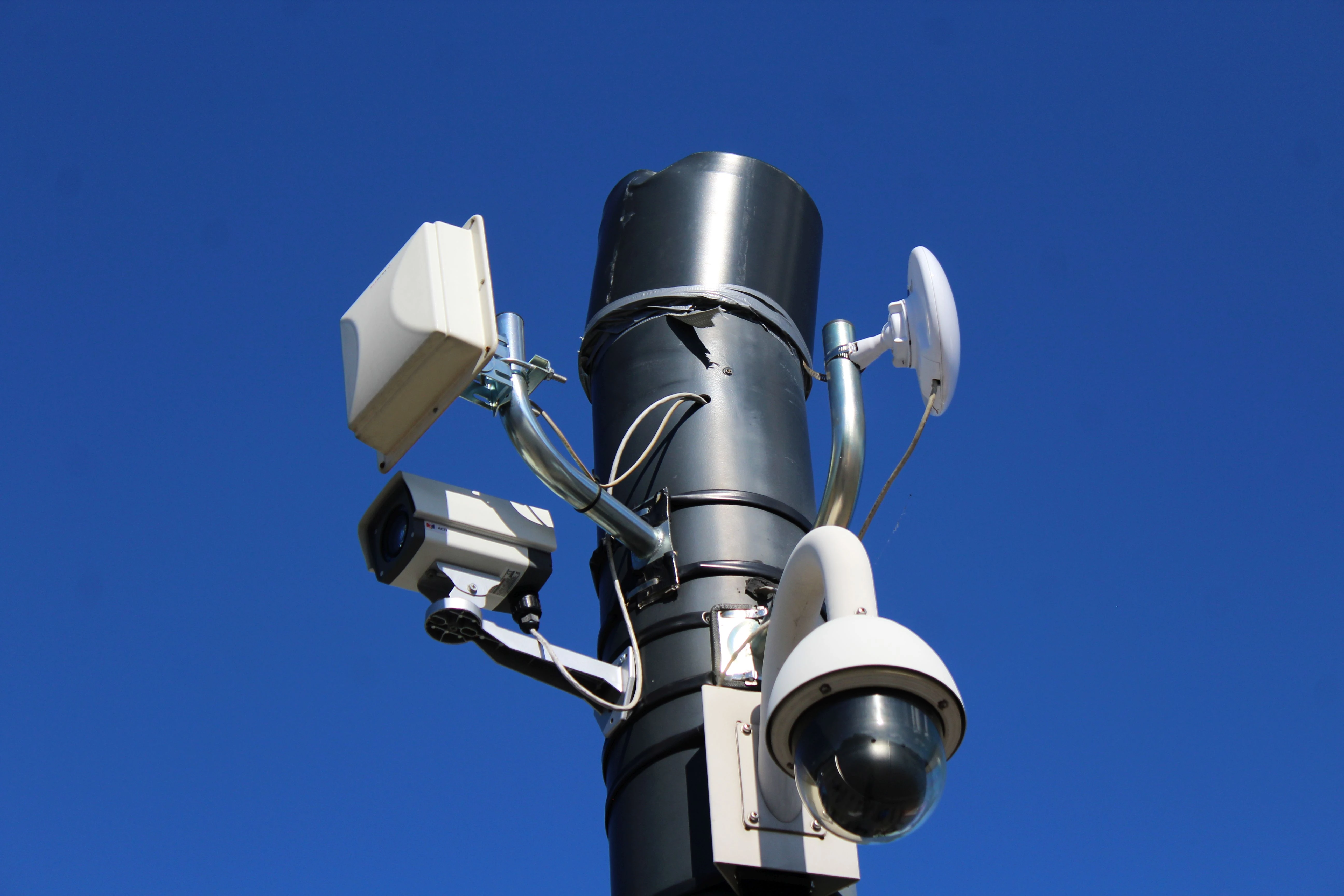Londoners are being asked for their views on bringing white storks back to the capital as part of an ambitious rewilding project. The metre-tall birds, which once nested on British rooftops centuries ago, could potentially make London their home once again.
White storks have been successfully reintroduced to southern England since 2016, leading to an "explosion" of sightings across Greater London. The birds, known to thrive in urban environments across Europe, have been spotted 472 times in the capital between 2016 and 2023 - a dramatic increase from just 27 records in the four decades before the project began.
Urban rewilding takes flight
Community-focused organisation Citizen Zoo is conducting a comprehensive appraisal to make London a "white stork-friendly city". The assessment includes habitat mapping, reaching out to boroughs across the capital and surveying public opinion about the iconic birds.
White storks disappeared from Britain centuries ago as breeding birds due to hunting and habitat loss. However, the Sussex white stork project has created new colonies of rehabilitated injured birds at Knepp and Wadhurst Park, with the first successful breeding occurring in 2020.
Ecological and inspirational benefits
The storks provide wider ecological benefits by creating huge nests that serve as homes and food sources for various species from insects to birds. But their ability to inspire people about nature has been a key driver behind reintroduction efforts across the UK.
Elliot Newton, co-founder and director of rewilding at Citizen Zoo, said: "These are a really talismanic, iconic species that really do draw and attract attention. You look up into the skies and see a white stork, it's quite obvious."
European success stories
Newton highlighted how white storks thrive in urban landscapes across Europe, nesting on chimneys and pylons. "What we want to see is how can we make London a more white stork-friendly environment, and embrace it for its ability to inspire people about the nature we can and should have close to where we live," he said.
He added that humans have the power to architect urban spaces that integrate more nature. "It's completely within our will as a species to choose the environments that we build around us and we can make that conscious choice to integrate more nature into our cities."
Public opinion crucial
The University of Brighton's Rachel White is leading a two-phase survey mirroring her national study for the Sussex project. The first phase surveyed 1,000 representative Londoners, while the second asks residents and frequent visitors for their views on white storks in the capital.
Dr White emphasised the importance of stakeholder buy-in: "It is really important to be monitoring stakeholders' opinions and attitudes towards any reintroductions, because that's one of the main reasons that reintroduction projects fail - they haven't got the buy-in from the key stakeholders."
Mixed but positive response
The national survey found people were generally very positive towards white storks, even those who had never seen them before. However, there was limited knowledge about the birds' diet and appearance amongst the general public.
A "relatively small" number of people, often ecologists and conservationists, opposed reintroduction because white storks are not a threatened species. They argued it should not be a conservation priority compared to other wildlife projects.
The London survey will inform Citizen Zoo's broader assessment of political and public support, habitat availability and potential next steps. These could include creating more habitat to encourage natural colonisation or even organised releases similar to those in Sussex. However, Newton noted that "nature has a fantastic tendency to surprise us", suggesting storks might establish themselves in London naturally.
(PA) Note: This article has been edited with the help of Artificial Intelligence.









